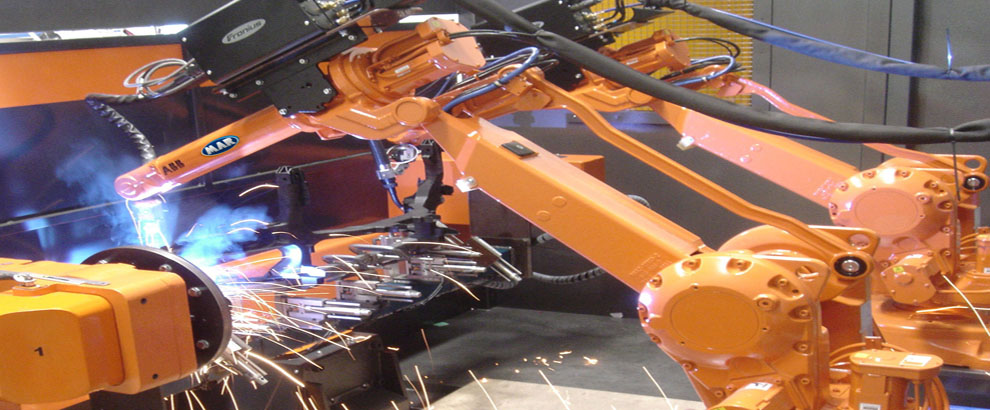Nanorobots – an emerging technology developed at a size of 10^-9 m is considered as the next level of miniaturization after microrobots. Nanorobots are mainly developed to deal with medical problems like breaking stones in kidney, clearing blockages in coronary arteries, injecting drugs, etc. To make nanorobots more powerful, Robert Freitas – a nanotech pioneer has designed smart bots that could keep you young and healthy even after you get aged.
In this modern world, everyone will like to be young even when they reach their 100th birthday. It may be funny to say, but it can happen one day with the help of nanorobots. Robert Freitas, a nanorobot pioneer believes that it can be possible if the nanorobotic technology develops. In a futuristic magazine article, he stated how it is possible to replace the aged appearance to a biological age every year, and I brought a brief discussion of it in this article.
Robert Freitas designed smart bots with the carbon atoms to destroy harmful pathogens and to repair affected DNA. The bots travel inside the human body using glucose or natural sugars and oxygen present in the human body. An achievement in this invention is that it is built smaller than Red Blood Cells (RBC). These nanorobots are capable of improving and replacing the condition of aged human parts like bones, teeth, muscles, eyesight, etc. The nanrobots are made to exit from the body through urine after work gets finished. Freitas expects that these nanorobots could be in clinical trials before 2020. As a robotics lover, I am waiting for its wonderful contribution of reducing aged look and increasing human life span.
It looks to me as a great invention, and I hope you too will feel the same. Perhaps, you could slightly get the feeling about its treatment cost, and most of them will end up with expensive thoughts. Not exactly, but it will be an affordable health tool. How? These nanorobots can be manufactured in home nanofactories with the help of advanced nano scale instruments. Freitas believes that Big Pharma will play a major role in manufacturing it, and IP rights, designs, government regulation, quality, and the software might cost high. Sometimes, the drug companies may be responsible for errors, and patients would legally require a reasonable answer for faults and defective products. Keeping in mind about these difficulties, Freitas says that it will still be an inexpensive health tool in the near future. Overall, let us hope for the best output in the near future.
More details about this invention and other two examples offered by Robert Freitas in his article are stated in Robotics Bible, where I got the idea to spend some time with you. I hope the details provided by me on this page, and other sources are useful for developing your knowledge on nanorobots.












